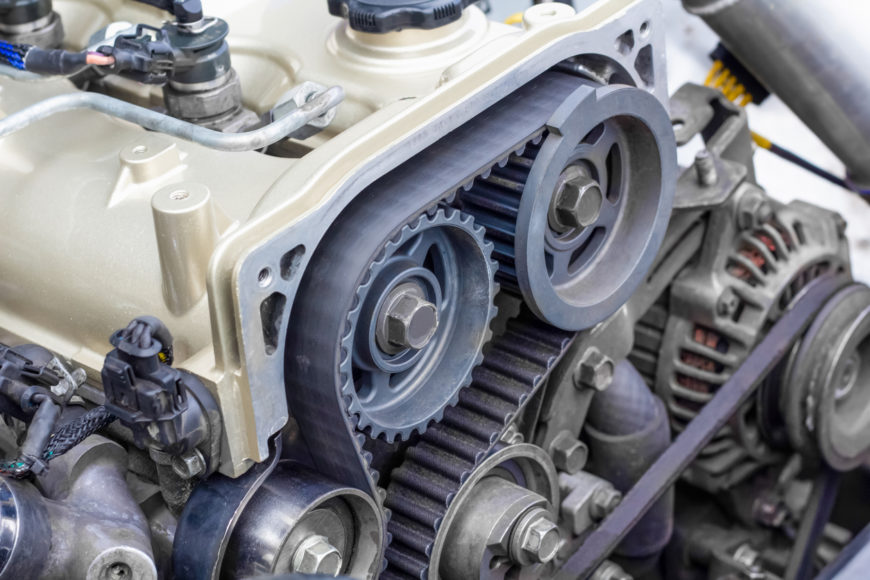- Arabic
- French
- Russian
- Spanish
- Portuguese
- Turkish
- Armenian
- English
- Albanian
- Amharic
- Azerbaijani
- Basque
- Belarusian
- Bengali
- Bosnian
- Bulgarian
- Catalan
- Cebuano
- Corsican
- Croatian
- Czech
- Danish
- Dutch
- Afrikaans
- Esperanto
- Estonian
- Finnish
- Frisian
- Galician
- Georgian
- German
- Greek
- Gujarati
- Haitian Creole
- hausa
- hawaiian
- Hebrew
- Hindi
- Miao
- Hungarian
- Icelandic
- igbo
- Indonesian
- irish
- Italian
- Japanese
- Javanese
- Kannada
- kazakh
- Khmer
- Rwandese
- Korean
- Kurdish
- Kyrgyz
- Lao
- Latin
- Latvian
- Lithuanian
- Luxembourgish
- Macedonian
- Malgashi
- Malay
- Malayalam
- Maltese
- Maori
- Marathi
- Mongolian
- Myanmar
- Nepali
- Norwegian
- Norwegian
- Occitan
- Pashto
- Persian
- Polish
- Punjabi
- Romanian
- Samoan
- Scottish Gaelic
- Serbian
- Sesotho
- Shona
- Sindhi
- Sinhala
- Slovak
- Slovenian
- Somali
- Sundanese
- Swahili
- Swedish
- Tagalog
- Tajik
- Tamil
- Tatar
- Telugu
- Thai
- Turkmen
- Ukrainian
- Urdu
- Uighur
- Uzbek
- Vietnamese
- Welsh
- Bantu
- Yiddish
- Yoruba
- Zulu
செப் . 06, 2024 14:24 Back to list
High-Quality Automotive Rubber Timing Belts | Durable Timing Belt Solutions
Understanding Automotive Rubber Timing Belts
In the realm of automotive engineering, timing belts play a crucial role in ensuring the smooth and efficient operation of an engine. Among various types available, the rubber timing belt has become a standard choice due to its adaptability, durability, and cost-effectiveness. This article delves into the importance of rubber timing belts in vehicles, how they function, and the considerations for their maintenance.
The Role of Timing Belts
The primary function of a timing belt is to synchronize the rotation of the engine's crankshaft and camshaft. This synchronization is critical for maintaining the timing of the engine's valves and ensuring they open and close at the correct intervals. A rubber timing belt connects these two components, allowing for smooth operation of the engine. Without a properly functioning timing belt, an engine can experience misfires, reduced efficiency, and, in severe cases, catastrophic failure.
Composition and Advantages
Rubber timing belts are typically made from a composite material that includes high-strength fibers such as fiberglass or aramid. This construction provides the belt with flexibility while maintaining the necessary tensile strength to handle the engine's demands. Rubber timing belts have several advantages
1. Cost-Effectiveness Compared to other timing belt materials, rubber is generally less expensive to produce and replace, making it a popular choice among budget-conscious consumers.
automotive rubber timing belt\/timing belt t

2. Noise Reduction One of the standout features of rubber timing belts is their ability to operate quietly, reducing engine noise levels compared to metal counterparts.
3. Lightweight Design Rubber belts are lighter than chain alternatives, contributing to overall vehicle weight reduction and improving fuel efficiency.
Maintenance and Replacement
Despite their durability, rubber timing belts are not designed to last indefinitely. Manufacturers usually recommend replacing timing belts between 60,000 to 100,000 miles, depending on the vehicle's make and model. Signs that a timing belt may need replacement include visible wear (cracks or frays), unusual noises coming from the engine, or significant decreases in engine performance.
Regular maintenance checks are crucial to ensure the timing belt remains in optimal condition. In addition to replacing the belt itself, it's often advisable to change other components, such as the water pump, tensioner, and idler pulleys, during the same service. This holistic approach helps to prevent future issues and extend the lifespan of the engine components.
Conclusion
Rubber timing belts are vital for the efficient operation of modern automotive engines. Their ability to synchronize crucial components, combined with their cost-effectiveness and quiet performance, makes them a preferred choice for vehicle manufacturers and consumers alike. Understanding the importance of regular maintenance and timely replacement can save vehicle owners from more significant repair costs and keep their engines running smoothly for years to come. As technology advances, the automotive industry continues to explore enhancements to timing belt materials and designs, but the rubber timing belt remains a foundational element of engine performance.
-
Korean Auto Parts Timing Belt 24312-37500 For Hyundai/Kia
NewsMar.07,2025
-
7PK2300 90916-T2024 RIBBED BELT POLY V BELT PK BELT
NewsMar.07,2025
-
Chinese Auto Belt Factory 310-2M-22 For BMW/Mercedes-Benz
NewsMar.07,2025
-
Chinese Auto Belt Factory 310-2M-22 For BMW/Mercedes-Benz
NewsMar.07,2025
-
90916-02660 PK Belt 6PK1680 For Toyota
NewsMar.07,2025
-
drive belt serpentine belt
NewsMar.07,2025

